This post may contains affiliate links. Read our full disclosure here.
Just when I thought I’d seen everything in the wine world, along comes a study that makes me question my own tasting abilities. Rats—yes, those little cheese-loving rodents—can apparently identify different wine varieties by smell alone. According to a groundbreaking 2024 study, these tiny sommeliers can distinguish between white wines with more accuracy than some humans in blind taste tests. And honestly? That’s a bit embarrassing for those of us who’ve spent years practicing our sniff-and-swirl technique.
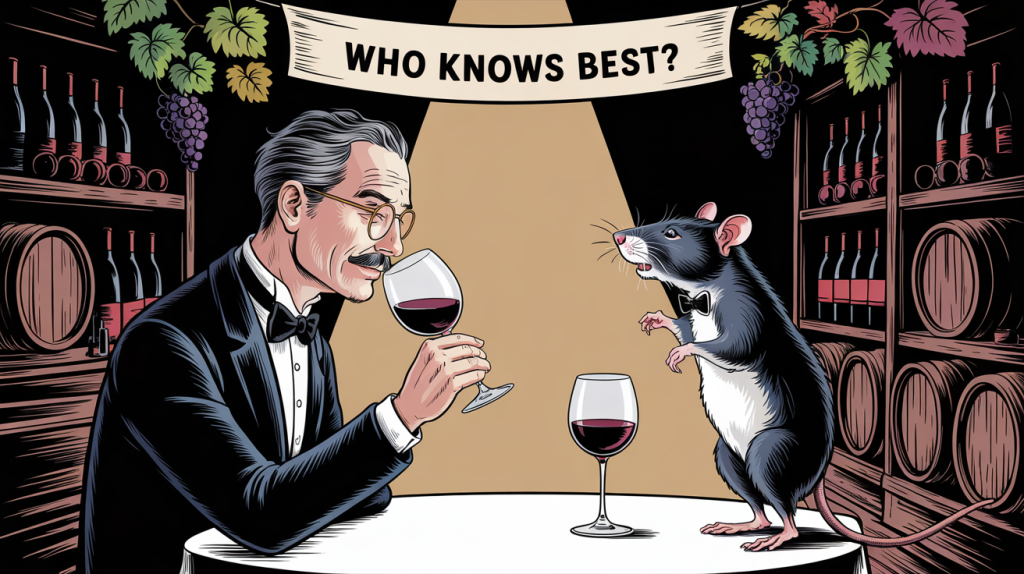
The news gets even more humbling in 2025, as researchers push the boundaries further with these four-legged wine critics. Their super-sensitive noses are putting some self-proclaimed wine experts to shame, detecting subtle aromatic compounds that many humans miss entirely. Before you start feeling too inadequate, though, I’ve got some tricks to help you sharpen your own wine-sniffing skills—no whiskers required. Let’s dive into this rodent revolution and what it means for your next wine night.
Tiny Noses, Expensive Taste: Rats as Wine Critics
When I first read about rats distinguishing between wines in Wine Spectator’s 2024 report, I laughed out loud. But the science is legit—researchers trained rats to identify different white wine varieties just by their scent. These little guys weren’t just guessing; they were consistently picking up on specific aromatic compounds that define each wine type.
25 Most Wanted Wines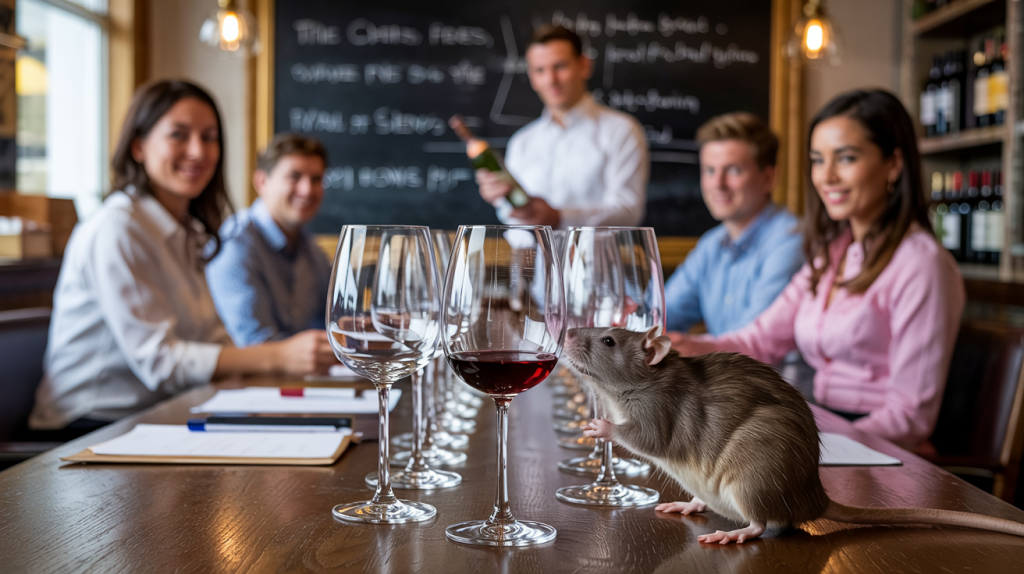
What makes this so fascinating? Rats have approximately 1,200 genes dedicated to smell (humans have only about 400), giving them an incredible advantage when it comes to detecting subtle aromas. They can pick up on chemical compounds that create wine aromas at concentrations so low that humans would completely miss them. It’s like they’re reading a detailed aromatic novel while we’re skimming the back cover.
The 2025 update to this research is even more interesting—scientists are now testing if rats can differentiate between natural and synthetic corks. Early results suggest they absolutely can, which isn’t surprising considering cork taint (that musty, wet cardboard smell) is caused by TCA compounds that rats detect at much lower thresholds than humans. Maybe the next time you’re unsure if that bottle is corked, you should consult your neighborhood rodent?
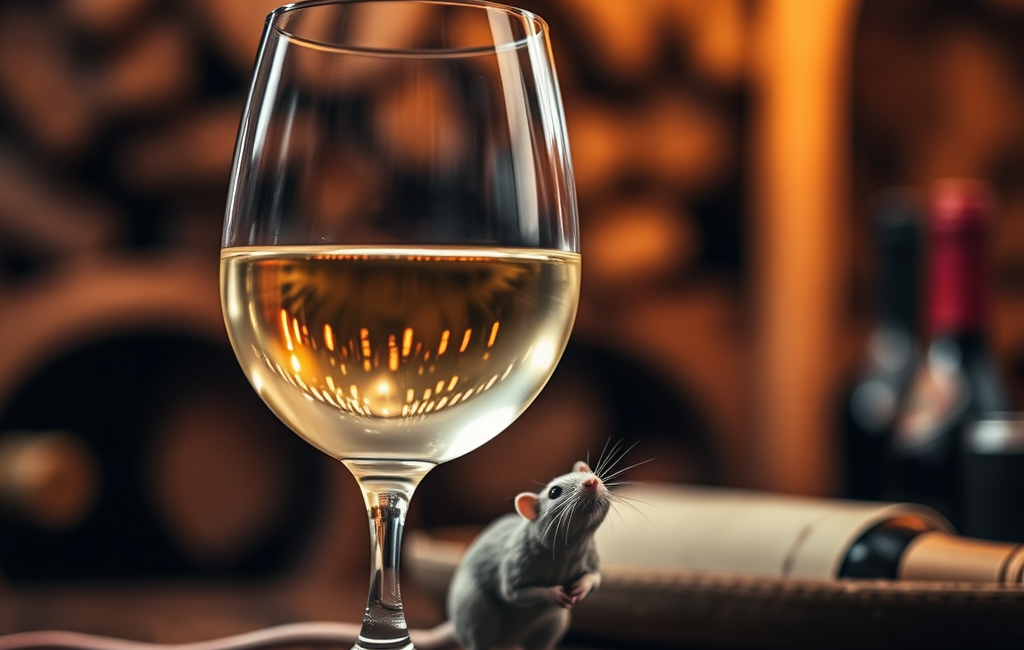
Training Your Nose Like a Rat (But Way More Stylish)
Don’t worry—you don’t need whiskers to develop a better sense of wine aromas. Learning to detect different wine scents is mostly about practice and mindfulness. Start with the basics: swirl your glass before sniffing. This isn’t just wine snobbery; it actually releases volatile aromatic compounds, making them easier to detect.
Try comparing distinctly different wines side by side. A grassy Sauvignon Blanc next to a mineral-forward Pinot Grigio creates an excellent study in contrasts. Pay attention to your first impressions—is it fruity? Floral? Does it remind you of something specific? These initial reactions are usually the most honest before your brain starts overthinking.
A game-changer for me was discovering Wine Folly’s aroma wheel, which helps put words to what you’re smelling. It’s organized by categories like fruits, flowers, herbs, and even earthy elements, making it easier to articulate those vague sensations. After using it for a while, I found myself naturally picking up on subtle differences in wines that I previously would have missed entirely.
One hot tip that even the rats would approve of: create a clean slate for your nose before tasting. Skip the perfume, scented candles, or cooking intense foods before a serious tasting session. Your olfactory system needs to be as unbiased as possible to pick up the impact of aging on flavor and other nuanced characteristics.
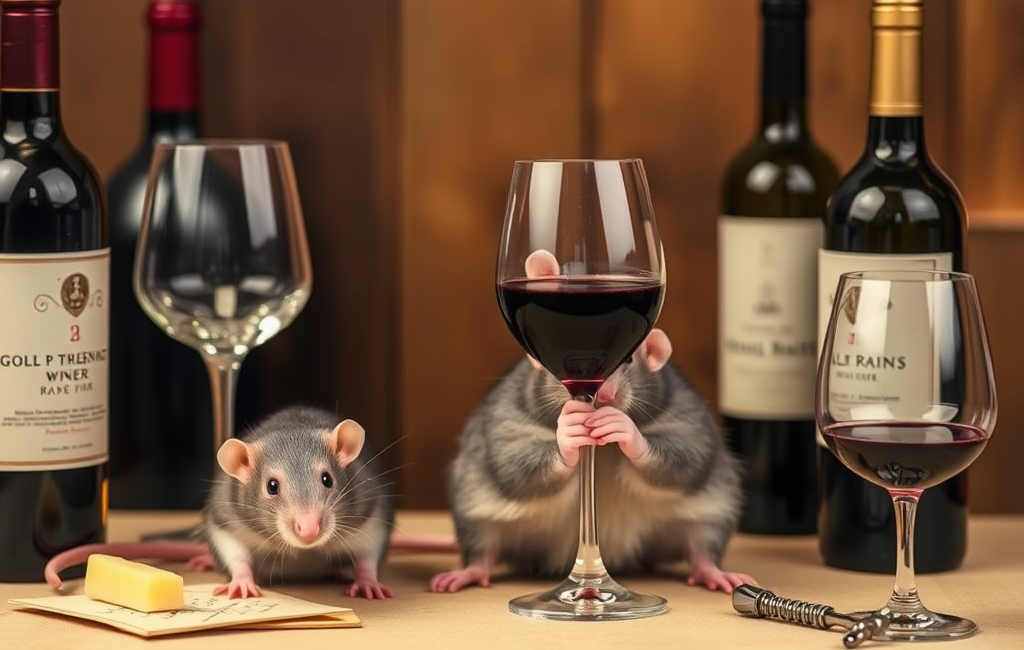
Wine Night Hack: Host Your Own Blind Taste Test
Want to really test your nose against the rats? Host a blind tasting! I did this last month with friends, and it was equal parts humbling and hilarious. Grab three different wines under $20 (proof that good wine doesn’t have to break your budget), cover the bottles with paper bags or foil, and label them A, B, and C.
The beauty of this game is that without labels or prices influencing you, you’re forced to rely solely on your senses. Pour small amounts of each wine and jot down your impressions without conferring with others. Is it fruity? Buttery? Does it taste like that regrettable 2 AM text to your ex? No judgment here!
To make it competitive, have everyone guess the grape variety or wine style. The winner gets the last pour, and the loser? They’re on dish duty. It’s a fun way to improve your wine tasting terminology while creating a memorable night with friends.
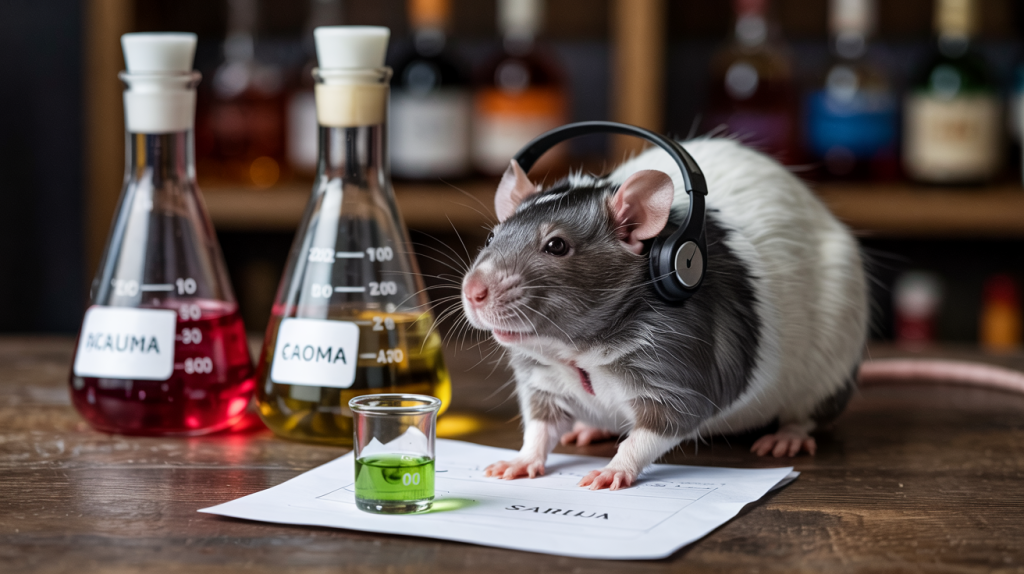
Not feeling fancy? You can totally do this with a backyard wine tasting on a budget. I’ve found some of my favorite bottles this way, and it’s particularly fun when someone’s $12 pick outshines the pricier options. Take that, wine snobs!
Should We Trust Rodent Wine Reviews?
While rats are impressive at detecting specific compounds, there’s a pretty big limitation: they can’t exactly tell you why they prefer one wine over another. They can’t exclaim, “This Chardonnay is over-oaked with tropical notes and a buttery finish!” (Though that would make for an amazing viral video.)
What rats can do is recognize patterns and distinctive aromatic signatures. Scientists leverage this by training rats to respond to certain scent profiles, which helps identify commonalities between wines. But they lack our human ability to describe, contextualize, and, importantly, enjoy the cultural aspects of wine.
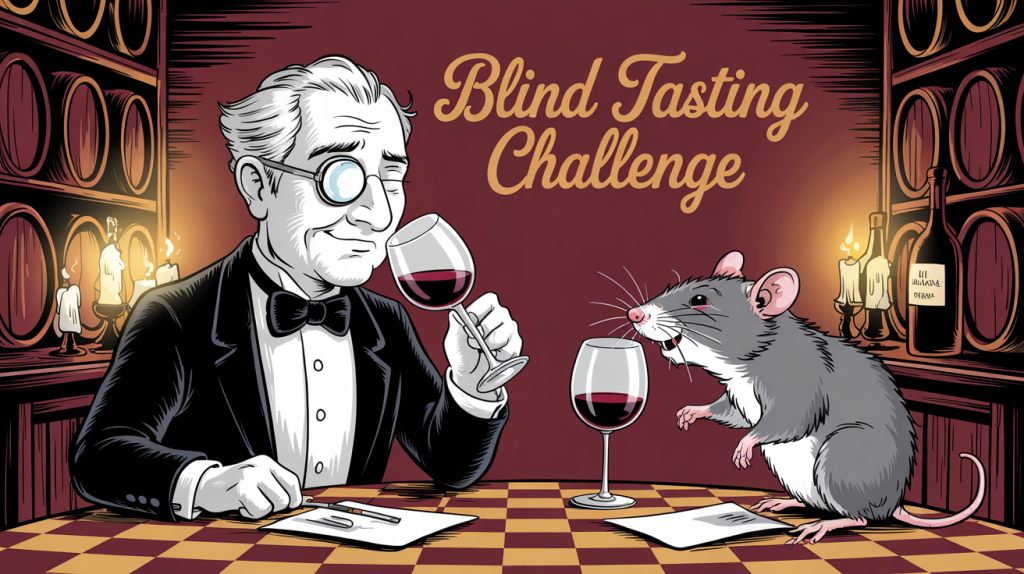
Our human advantage lies in our ability to not just detect flavors but to describe them and connect them to experiences. We can articulate that a Riesling reminds us of summer afternoons or that a Cabernet pairs perfectly with food fundamentals like a juicy steak. Rats might have the superior noses, but we have the emotional connection that makes wine drinking a pleasure rather than just a sensory exercise.
Plus, I’m pretty sure rats would choose wine based solely on aroma, while we get to enjoy the full experience: the taste, the mouthfeel, the finish, and—let’s be honest—the pleasant buzz afterward. That’s a definite human win.
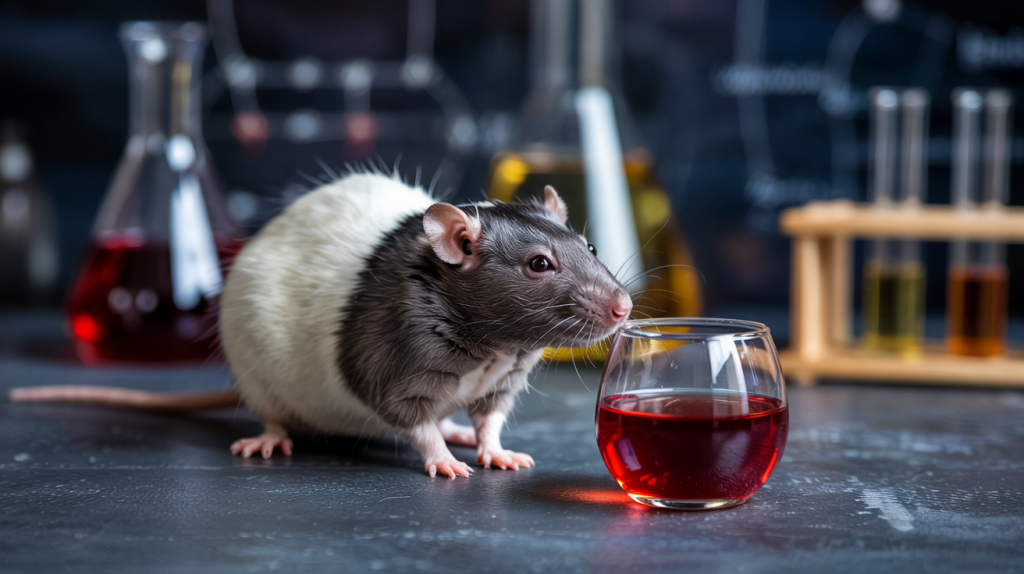
Final Pour: Embracing Your Inner Wine Rat
Next time you’re at a wine tasting and someone’s making a show of swirling their glass dramatically and spouting flowery descriptors, remember our rodent friends who can probably outsniff them without the pretension. There’s something delightfully humbling about knowing that creatures we typically associate with subway tunnels have more sensitive palates than most humans.
What I’ve learned from this rat research is to trust my nose more and overthink less. Wine appreciation doesn’t have to be complicated or intimidating—if a rat can do it, surely we can too! And maybe that’s the real lesson here: approach wine with curiosity rather than pressure.
So channel your inner rat at your next wine tasting. Close your eyes, focus on those aromas, and see what your nose tells you before your brain gets in the way. Just maybe skip the cheese plate if actual rodents are present—that could get awkward fast. Cheers to unexpected wine wisdom from the unlikeliest of sommeliers! 🐀🍷




